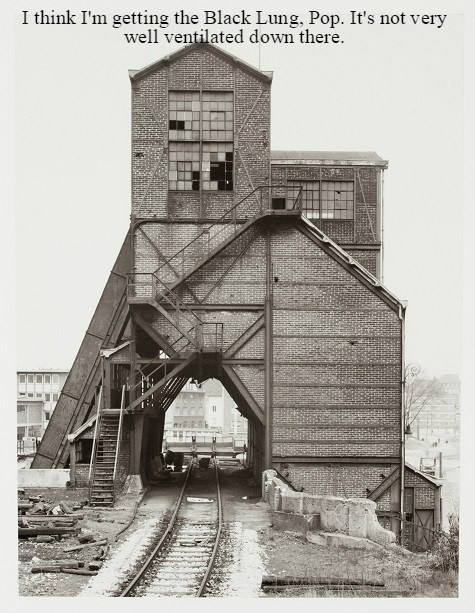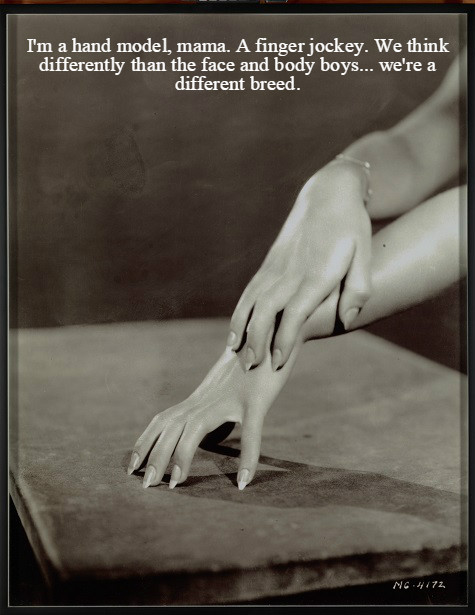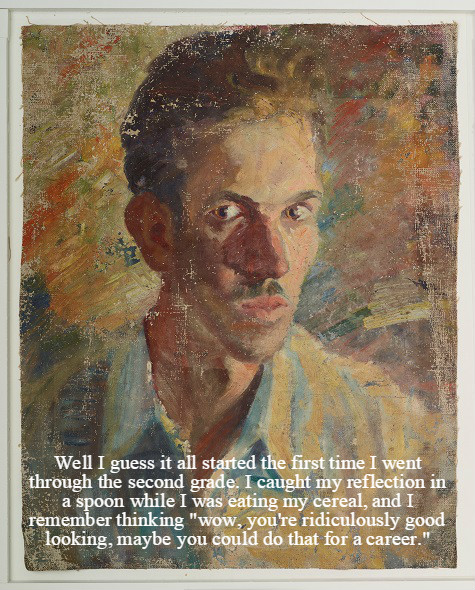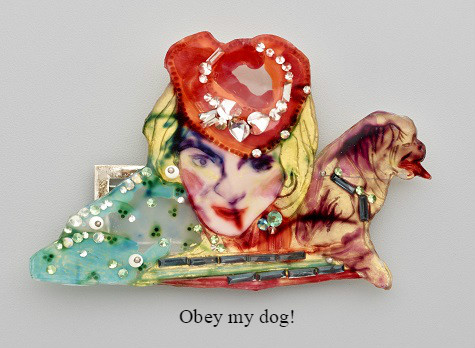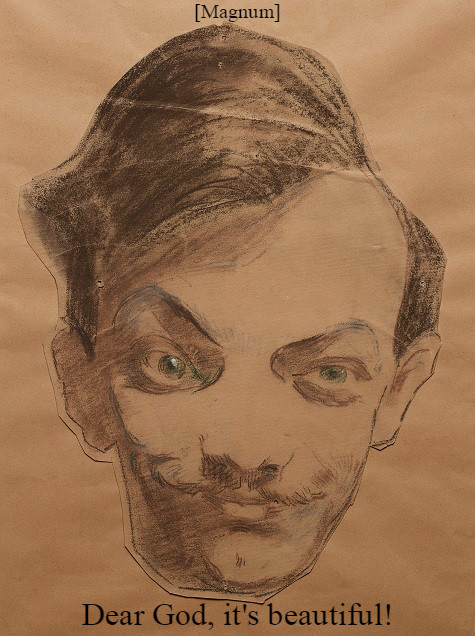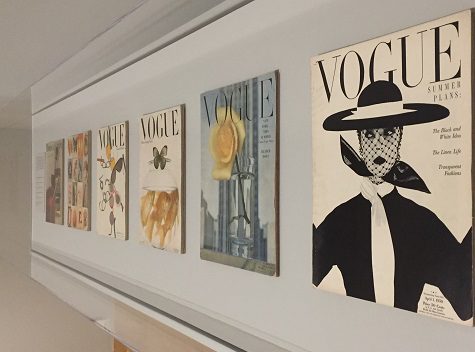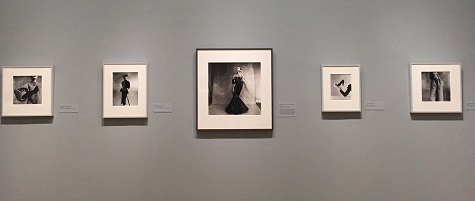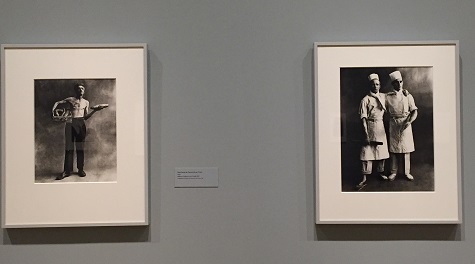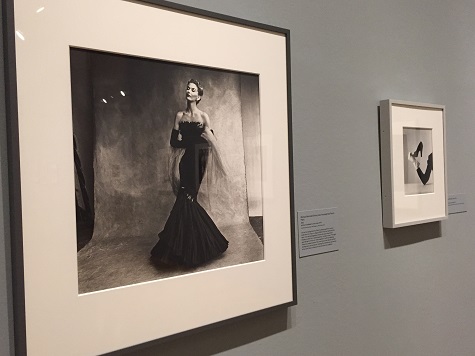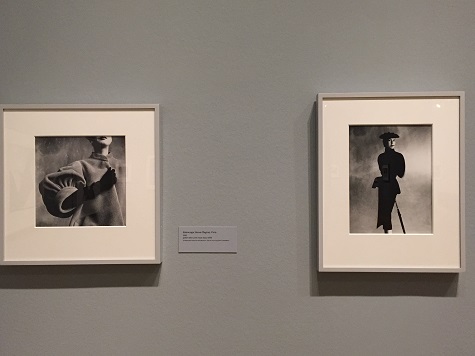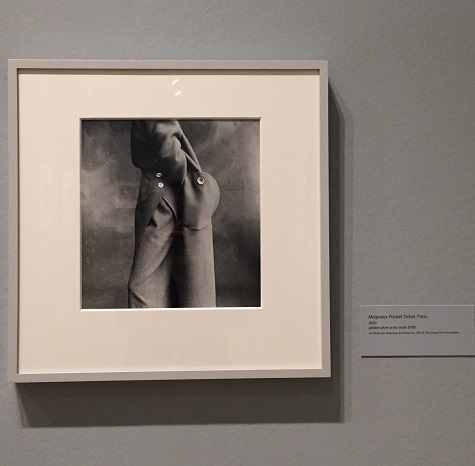It’s hard to believe, but we’re in the final week of the celebrated exhibition Irving Penn: Beyond Beauty. Prior to the show’s opening in April of this year, Allison V. Smith, photographer and granddaughter of Stanley Marcus, shared with the DMA Member magazine, Artifacts, her first encounter with the work of Irving Penn and the impact of his legacy. Read about her experience below, and discover the work of Irving Penn for the first time or for the hundredth time through Sunday with buy one get on free exhibition tickets offered every day.
One of the Real Greats
By Allison V. Smith
Original publish date: Artifacts Spring–Summer 2016
Irving Penn’s name is synonymous with beauty in fashion photography. So it’s no surprise that in 1990 my grandfather Stanley Marcus gave me, a young, passionate photographer, a signed copy of Issey Miyake’s catalogue photographed by Irving Penn. An enclosed handwritten Post-it note read:
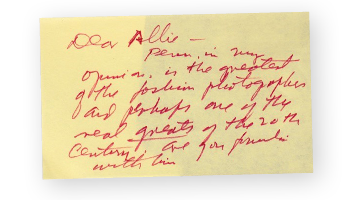
“Dear Allie— Penn, in my opinion, is the greatest of the fashion photographers and perhaps one of the real greats of the 20th century. Are you friends with him?”
I wasn’t, but I quickly took the time to educate myself.
Penn’s prolific photographic career spanned seventy years, and in this time he managed to merge the lines between fashion and fine art. His first cover for Vogue magazine was published in 1943, and he would shoot at least 150 more.
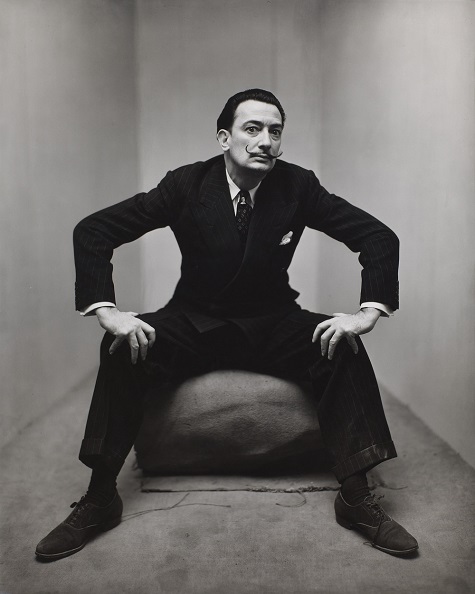
Irving Penn, Salvador Dali, New York, 1947, gelatin silver print, Smithsonian American Art Museum, Gift of the artist, © The Irving Penn Foundation
Penn’s assignments ranged from shooting striking models in designer dresses on location in Paris, to contemporary still lifes of familiar objects, to the simple “corner portraits” of artists that included Salvador Dalí and Truman Capote. These portraits were made sometime in 1948 in a constructed corner in his studio. The sitter embraced the corner, demonstrating his or her own personality and making the static background Penn chose into a private stage. Dalí fills the frame in a confident pose, with both arms placed firmly on his knees. Capote kneels on a chair, wearing an oversized tweed jacket and looking directly at the photographer. It’s hard to tell whether he’s feeling vulnerable or safe.
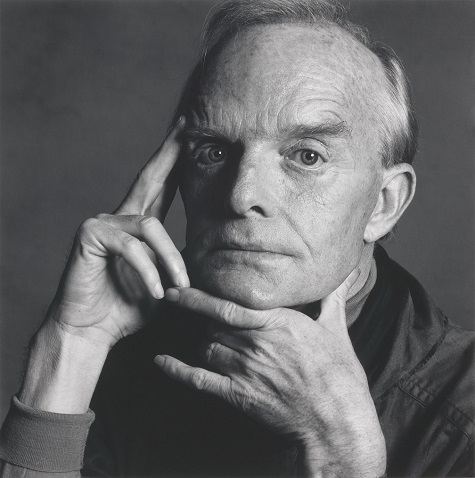
Irving Penn, Truman Capote, New York, 1979, printed 1983, silver print, Smithsonian American Art Museum, Gift of The Irving Penn Foundation, © The Irving Penn Foundation
Penn wrote in Passage: A Work Record about this process: “This confinement, surprisingly, seemed to comfort people, soothing them. The walls were a surface to lean on or push against. For me the picture possibilities were interesting; limiting the subjects’ movement seemed to relieve me of part of the problem of holding on to them.”
Working for Vogue, Penn had the dream job of traveling the world photographing portraits of everyday people—artisans and blue-collar workers in Paris and London, a gypsy community in Spain, and the tribes of New Guinea. Penn approached all of his portraits with the same respect and elegance as he did in posing a model in Paris or an Issey Miyake design.
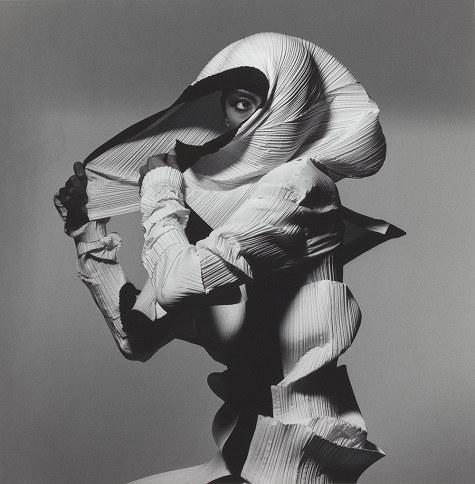
Irving Penn, Issey Miyake Fashion: White and Black, New York, 1990, printed 1992, gelatin silver print, Smithsonian American Art Museum, Gift of The Irving Penn Foundation, © The Irving Penn Foundation
Penn’s photographs are subtle and sophisticated, often finding his subjects against a blank backdrop. His meticulous flowers are a study of visual rhythm. His nudes, whom he shot on countless rolls of film on his Rolleiflex camera between 1949 and 1950, went largely unseen until 1980. He closely examined the shapes of models of all sizes. The results were about form and less about nakedness.
A prolific photographer and a technical master, he made personal work throughout his life, including his early photographs of shop window displays, and later cigarette butts, smashed cups, and chewing gum. These simple photos of litter experimented with different photographic processes, such as platinum and palladium, giving them a rich quality—and also leaving an indelible mark on me.
Allison V. Smith is an editorial and fine art photographer based in Dallas. In 2008, the DMA presented “Reflection of a Man: The Photography of Stanley Marcus,” a retrospective of photographs taken by the department store magnate and produced by Smith and her mother, Jerrie Smith.
